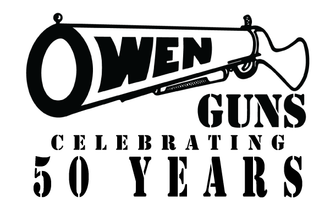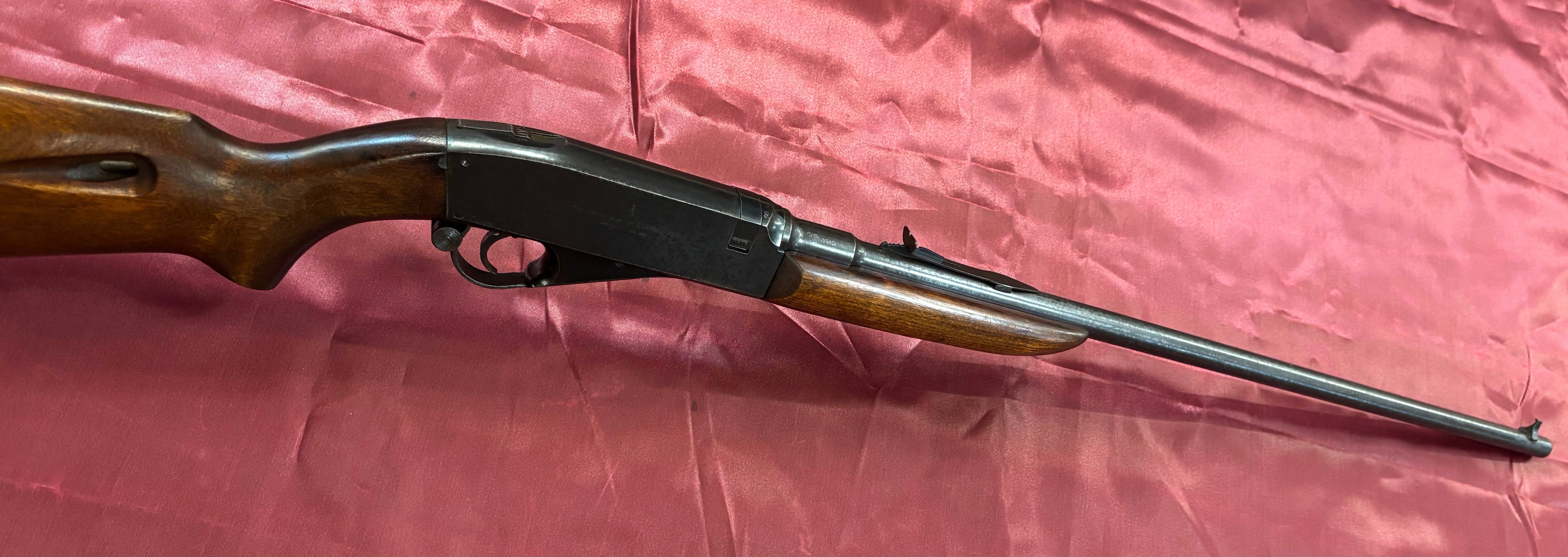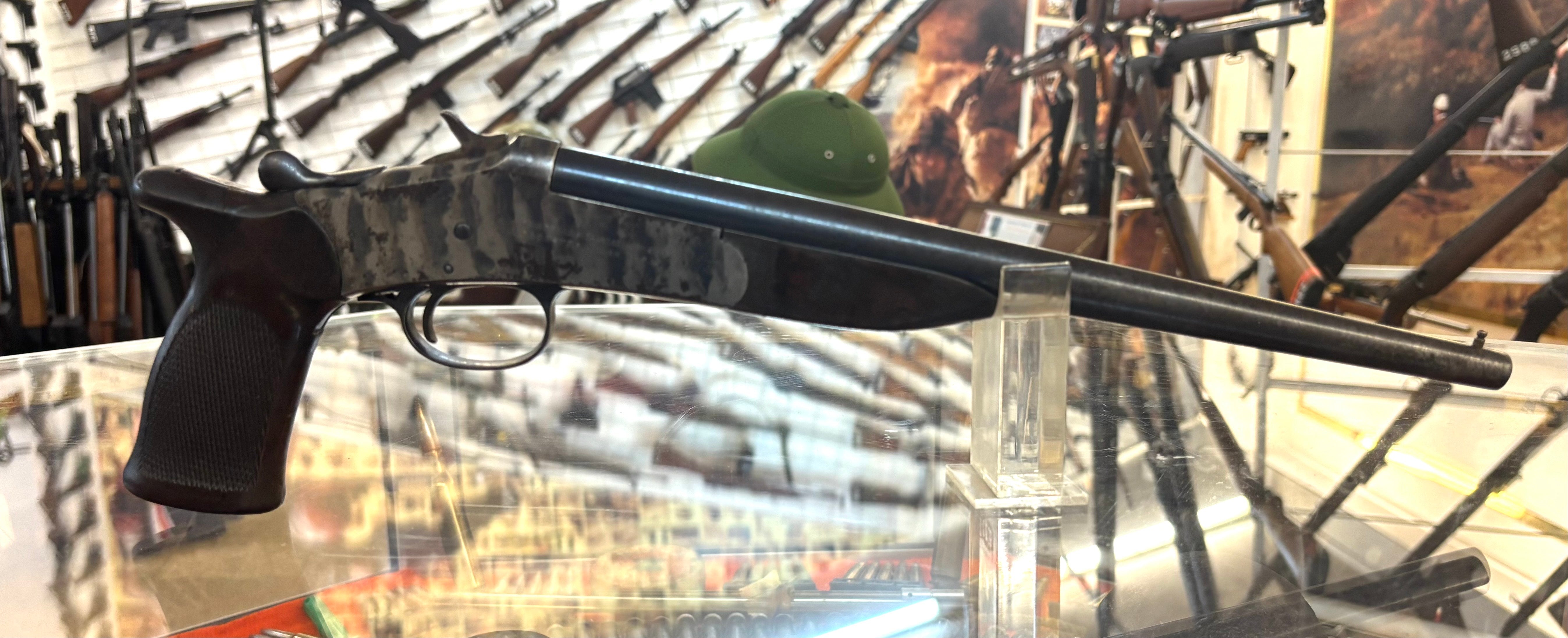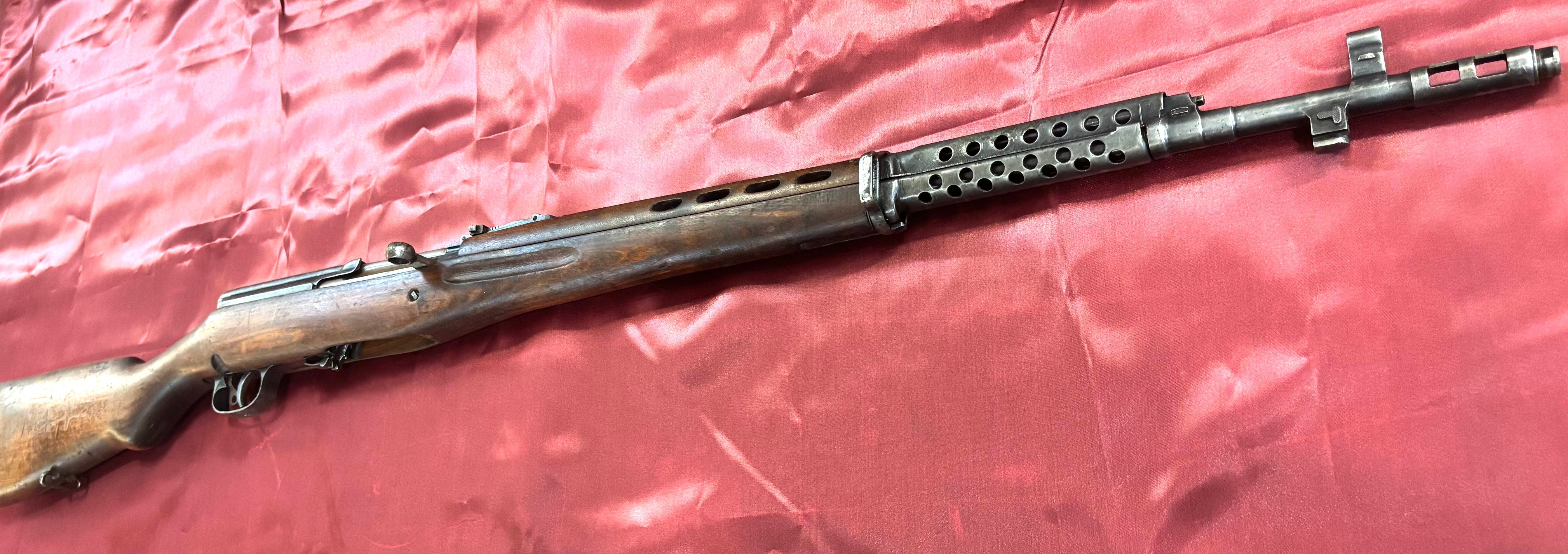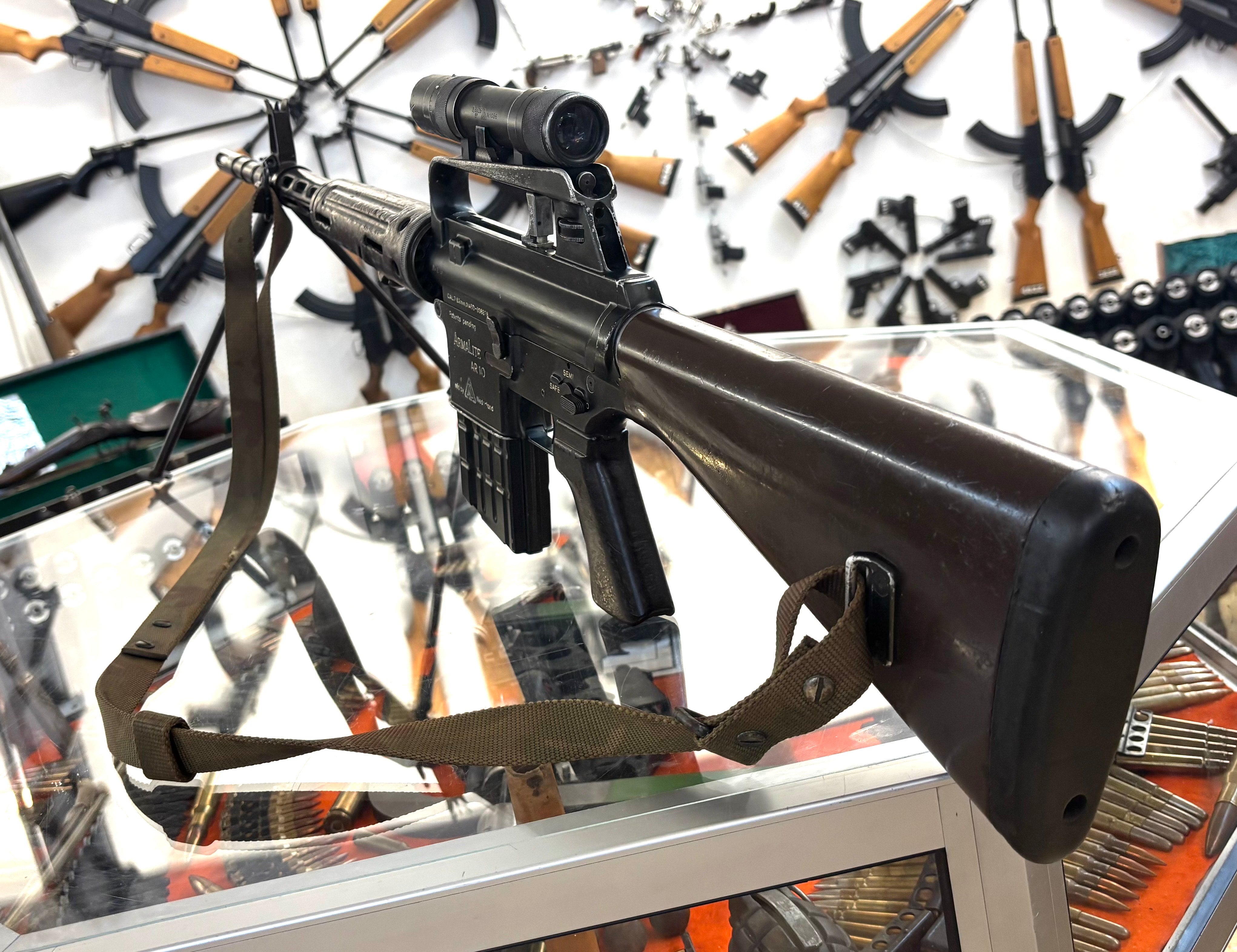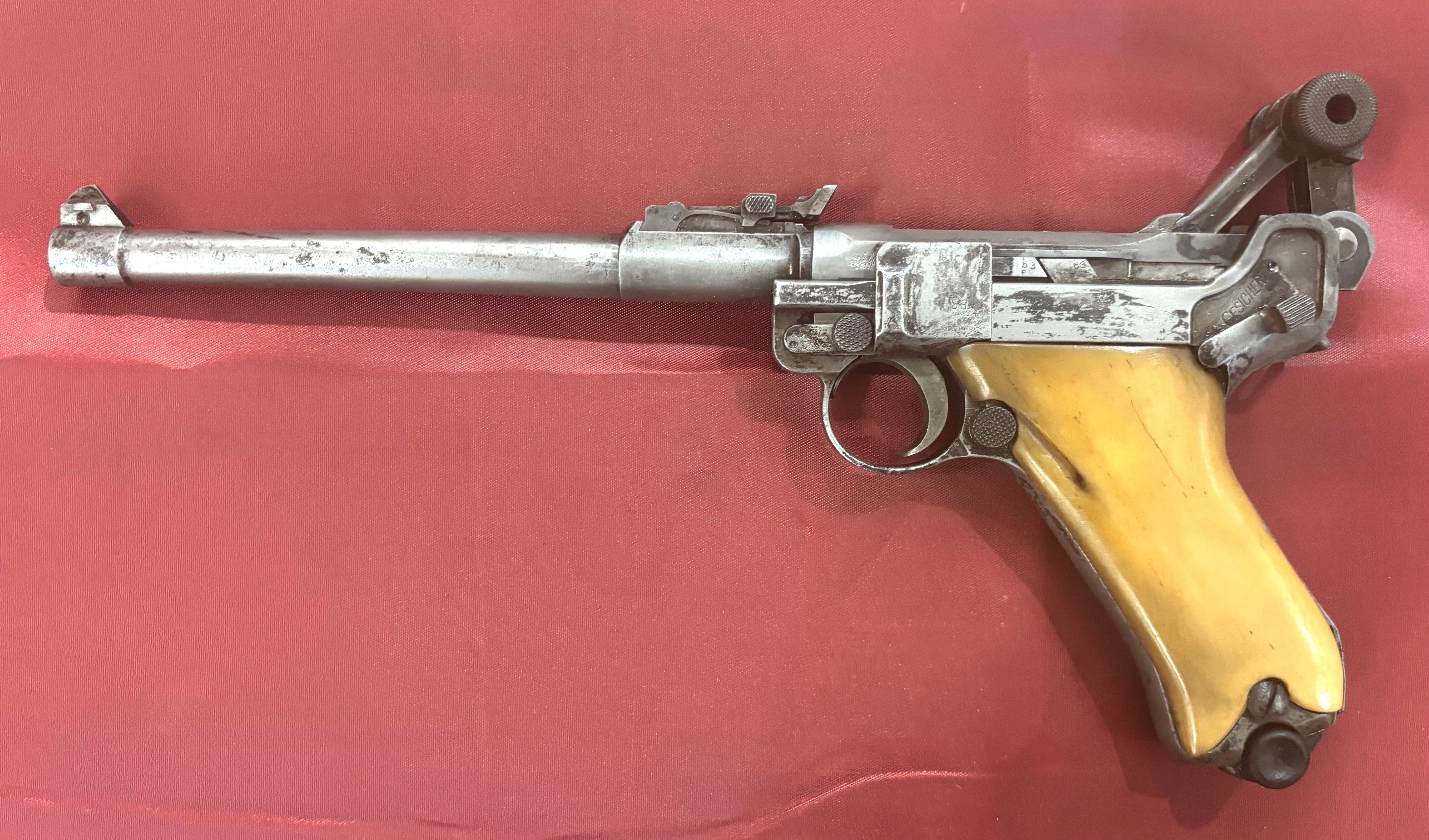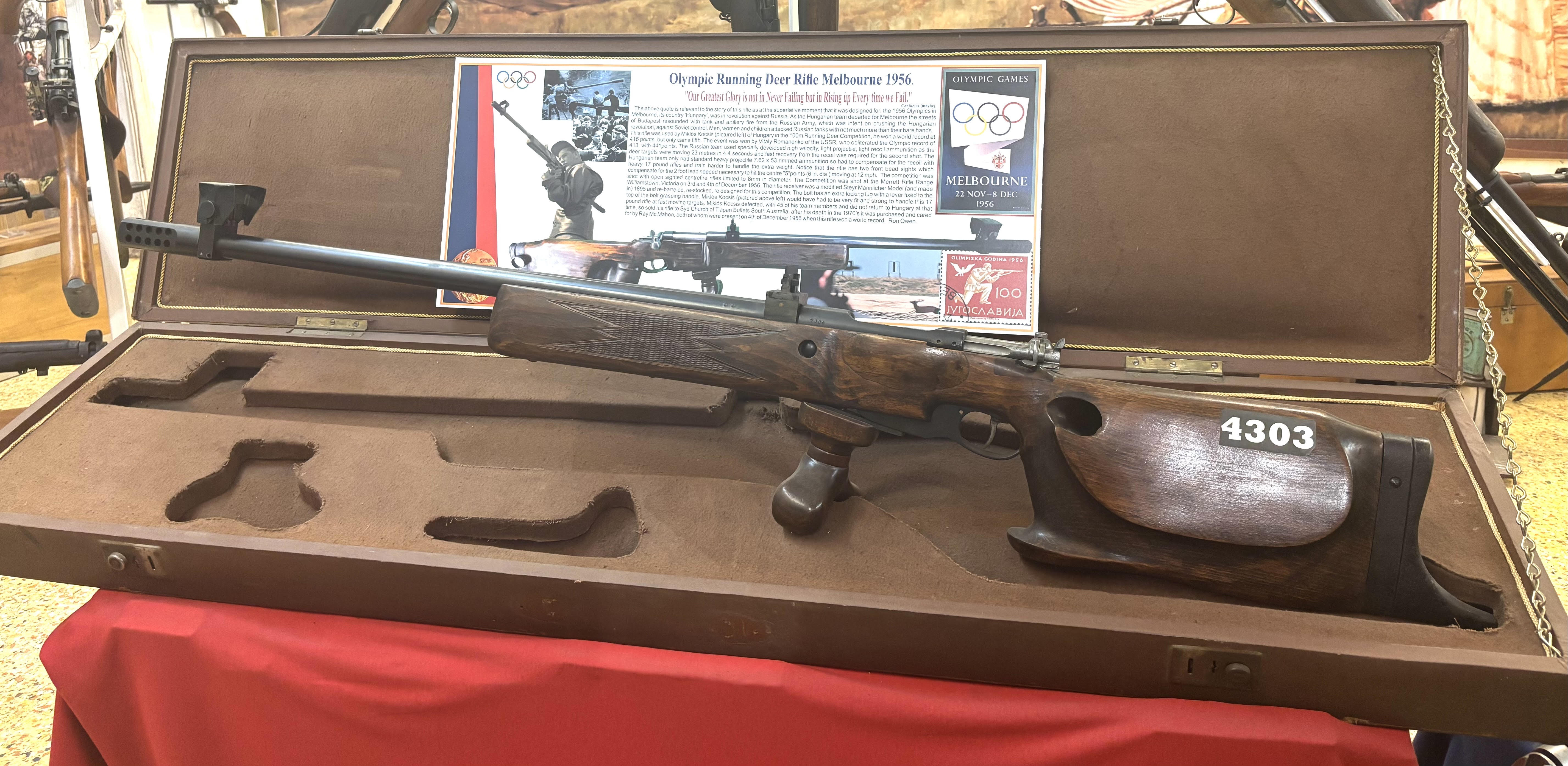
Dreyse 1907 Light Carbine Rifle
This week for Firearm Friday we are bringing the little known Dreyse Model 1907 Light Carbine.

Produced in Germany by the Dreyse Company as a "garden gun" suitable for killing pests, small game hunting, or target practice.

Rheinische Metallwaaren- und Maschinenfabrik, commonly known as Dreyse This German company was founded in 1889 to supply ammunition for the German Empire. In 1901 the company acquired Dreysesche Gewehrfabrik, Munitions- und Waffenfabrik, and manufactured semi-automatic pistols and rifles under the trademark Dreyse until 1920.

It is a simple blowback action with a 6-round detachable magazine, sharing a number of elements with the Dreyse 1907 pistol from the same company. The Dreyse carbine’s small .32 caliber cartridge and long barrel made for a relatively very quiet report when firing. Not quiet enough to be considered hearing safe today, but much less unpleasant than many other firearms using higher pressure cartridges.

The Dreyse Model 1907 is a semi-automatic rifle designed by Louis Schmeisser. The gun was named after Nikolaus von Dreyse, the designer and inventor of the Dreyse Needle Gun. The Waffenfabrik von Dreyse company was acquired by Rheinische Metallwaren & Maschinenfabrik Sömmerda in 1901, although the Dreyse Model Rifle were marketed under the Dreyse name.

The rifle had an interesting feature for the time: when the gun was ready to fire, the firing pin projected through the back of the breech block, serving as an early cocking indicator.

The Model 1907 Dreyse was designed by Louis Schmeisser in 1905–1906 and were marketed from 1907 onward. The first gun, the 7.65 mm Auto is the most unusual. Most of the cranked slide lies along the top of the barrel, with a short section projecting down behind the chamber to serve as the breech block.

The breech block is confined within a flat-sided frame with a bridge to carry the back sight and arrest the upper section of the slide.

The Dreyse rifle is fired by a striker whose tail protrudes back through the rear of the breech block when the chamber is loaded. The entire top section of the frame and slide can be pivoted on a pin in front of the trigger guard, being locked in the firing position by a catch at the rear of the frame. This final refinement is essential to dismantling; removal of the cranked slide is impossible otherwise.

The Dreyse design was strongly influenced by John Browning's FN M1900, though the Browning has its recoil spring above the barrel, while the Dreyse has a concentric recoil spring. Nonetheless, the overall shape is the same, as is the grip angle and surface design, the magazine release, the positioning of the manual safety and the breech blocks.



